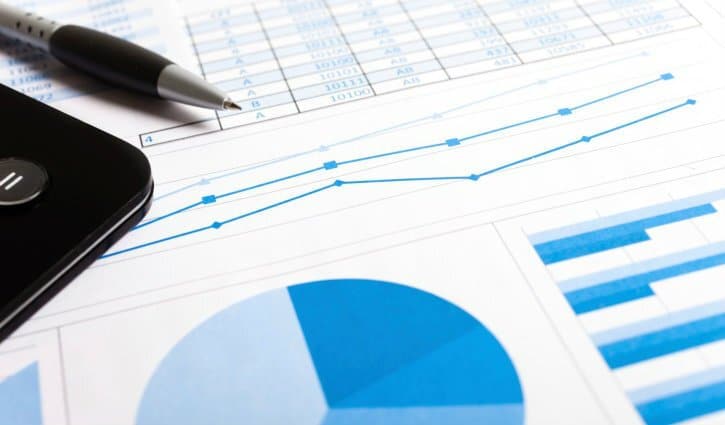4 Ways Manufacturers Can Gain Better Pricing Data Visualization

Pricing data can be dense. If no one is reviewing it, managing it, comparing it or scrutinizing it, it’s likely your organization is missing price leaks you could otherwise put a stop to. From volume discounts to price overrides, profits are lost and margins are cut, but do you know by how much? Can you identify your true pocket price for your top selling products?
If not, you may have a data visualization problem. But like any problem, a solution exists, you just have to seek it out. Here are four ways to gain better visualization into your organization’s pricing data.
1. Establish Pricing Ownership:
In most manufacturing businesses, pricing is a responsibility divided amongst marketing, sales, finance, product teams and other executives. But whose job is it to see the big picture? If you can’t validate hiring a pricing manager, you can develop a Pricing Ownership Matrix.
In a decentralized customer environment where no pricing leader is appointed, you can define pricing area ownership. Consider catalog and list pricing, discounting, key accounts, geography and business divisions.
Then ensure these “area owners” meet often to talk about the big picture of pricing.
2. Search Out Discounting Visibility:
Do you know how many discounts your sales team is offering? How about your customer service team? From freight and volume discounts to rebates and “long-time customer” pricing, the hits to your margins add up.
Obtaining clear visibility to your discounting structure through a Pricing Waterfall is a powerful way to determine pricing leaks and non-value added discounts. Discover how to determine your true pocket price in the this 1-minute video.
3. Determine Product Value:
Your organization deserves to be paid for the value it creates. But do you know which products create the most value for your company?
Most businesses focus on getting the price they set for each product, but are often disappointed when customers won’t agree to it. More important than “getting the price” is balancing what the right price is.
Some products won’t create a lot of value for the brand—perhaps they are not differentiated enough when compared to the competition. Those products will fetch a lower margin. Other products may create a lot of value; they may be highly differentiated or solve a problem your competitors can’t. Higher margins can be sustained, bringing in higher revenues.
Once you determine and utilize this information, your pricing strategy can become far more sophisticated.
4. Utilize Technology:
If you are using an outdated ERP system or BI tool, you may not be seeing the entire pricing picture. While you can track list price and invoice price, what about analyzing pricing and mix analysis? Without actionable information from your tools, how will you identify outliers, see pricing variations among peer groups or be immediately alerted to pricing variances?
While there is power in your data, you must utilize the proper pricing application to discover that power. To truly visualize your pricing data in the most efficient manner, you need a pricing application that can stop price leaks before they become dangerous to your bottom line, predict customer churn and identify the root causes of profitability issues.
The Bottom Line
By establishing pricing ownership, seeking discount visibility, determining product value and utilizing technology, you can gain the pricing data visualization you truly need. In fact, one manufacturer worked with INSIGHT2PROFIT to gain better visualization and was able to realize an additional $2.3 million in revenue over 16 months. Learn more in our case study.


